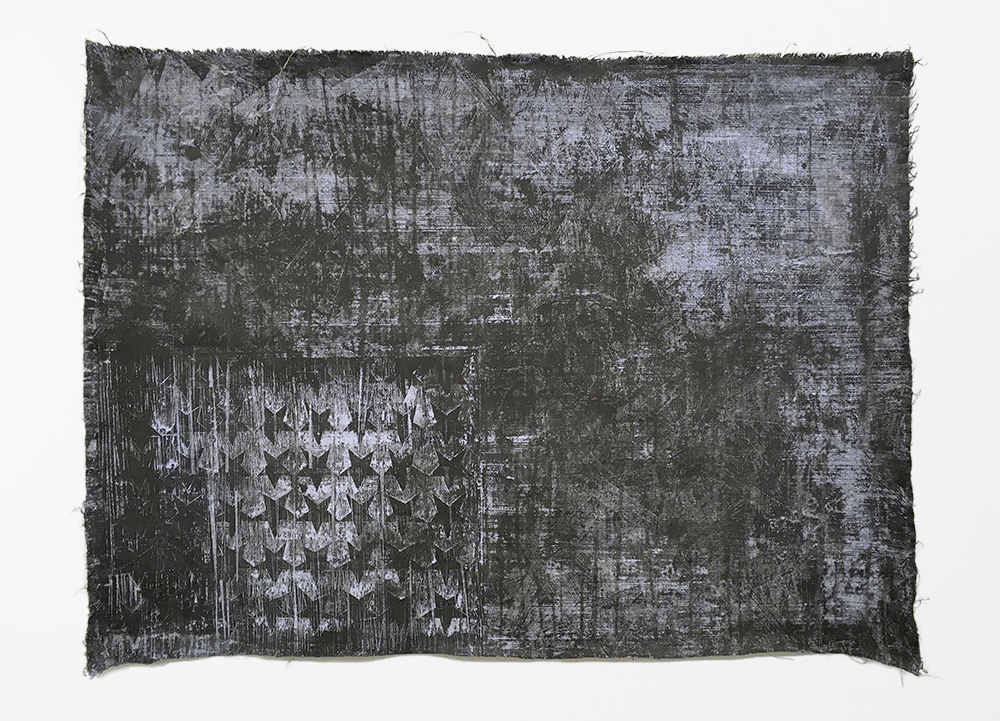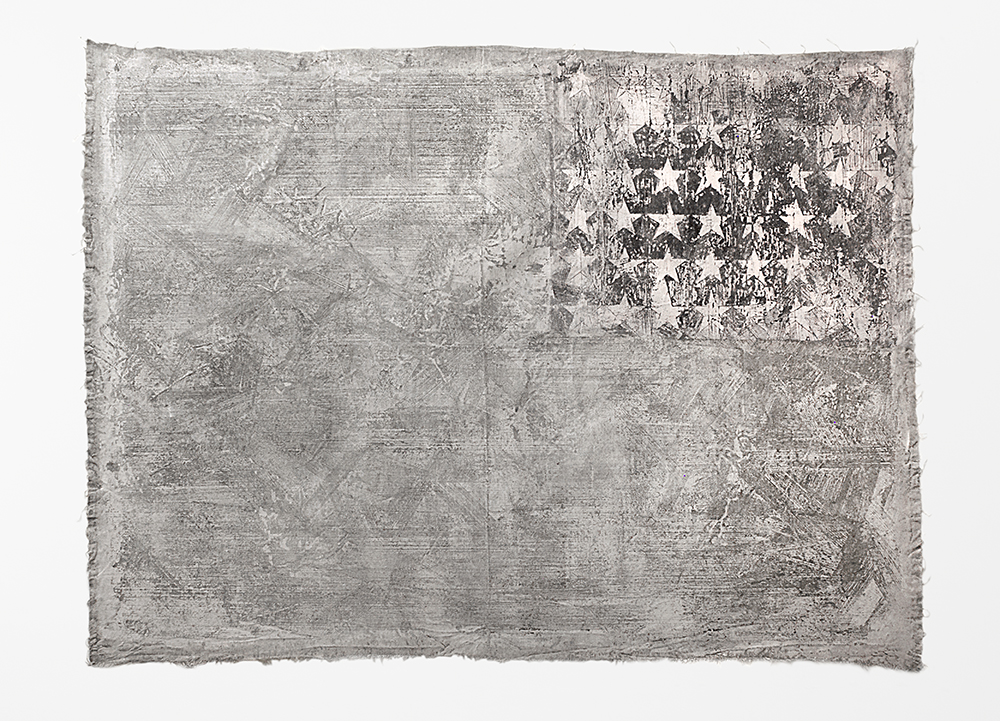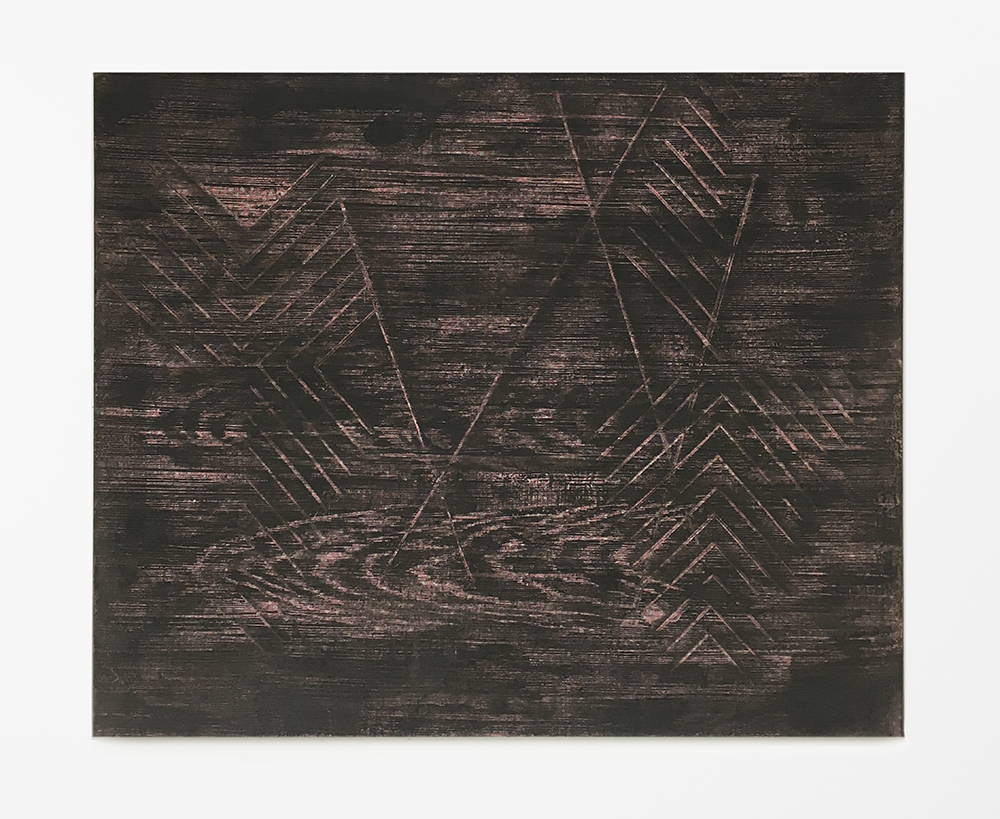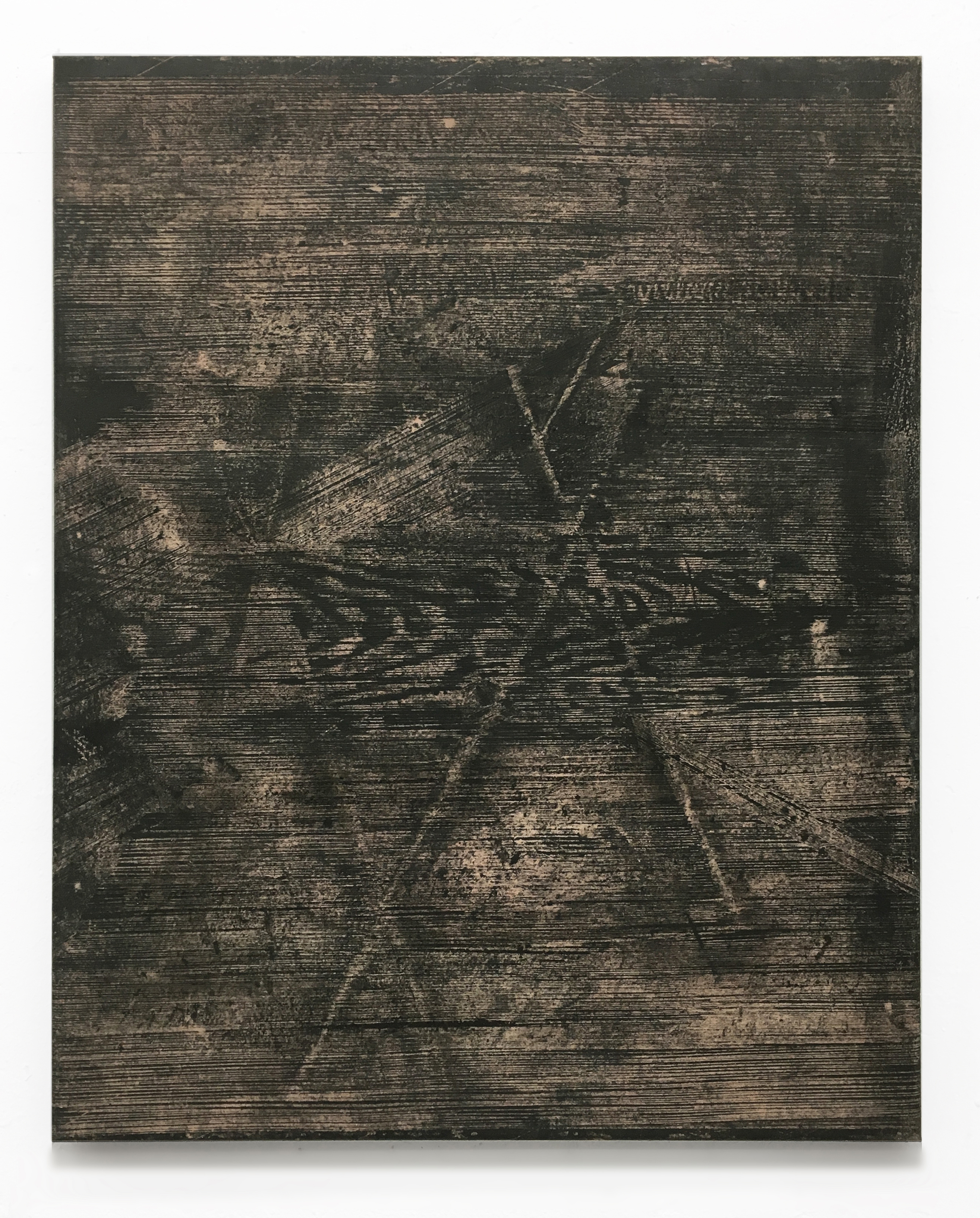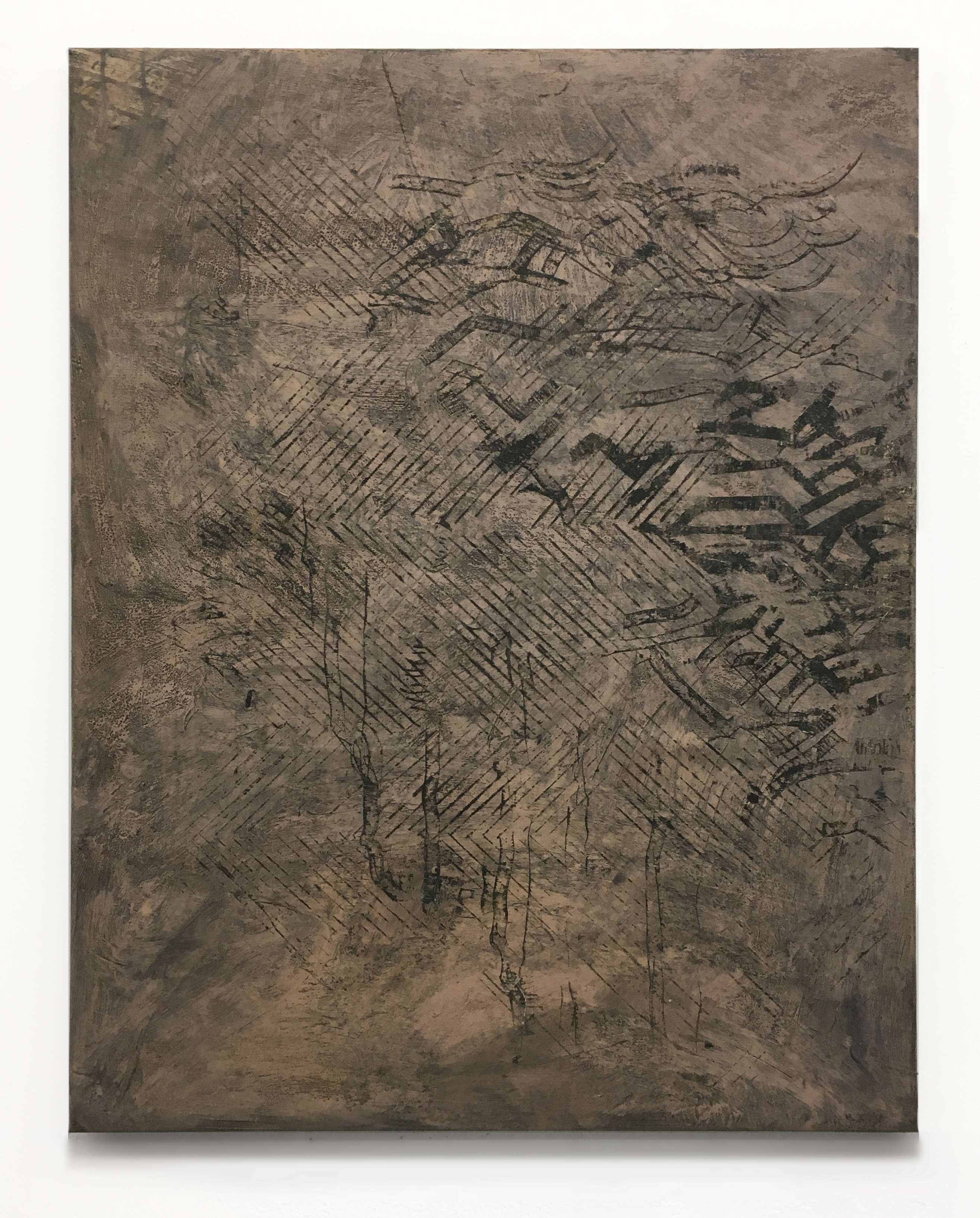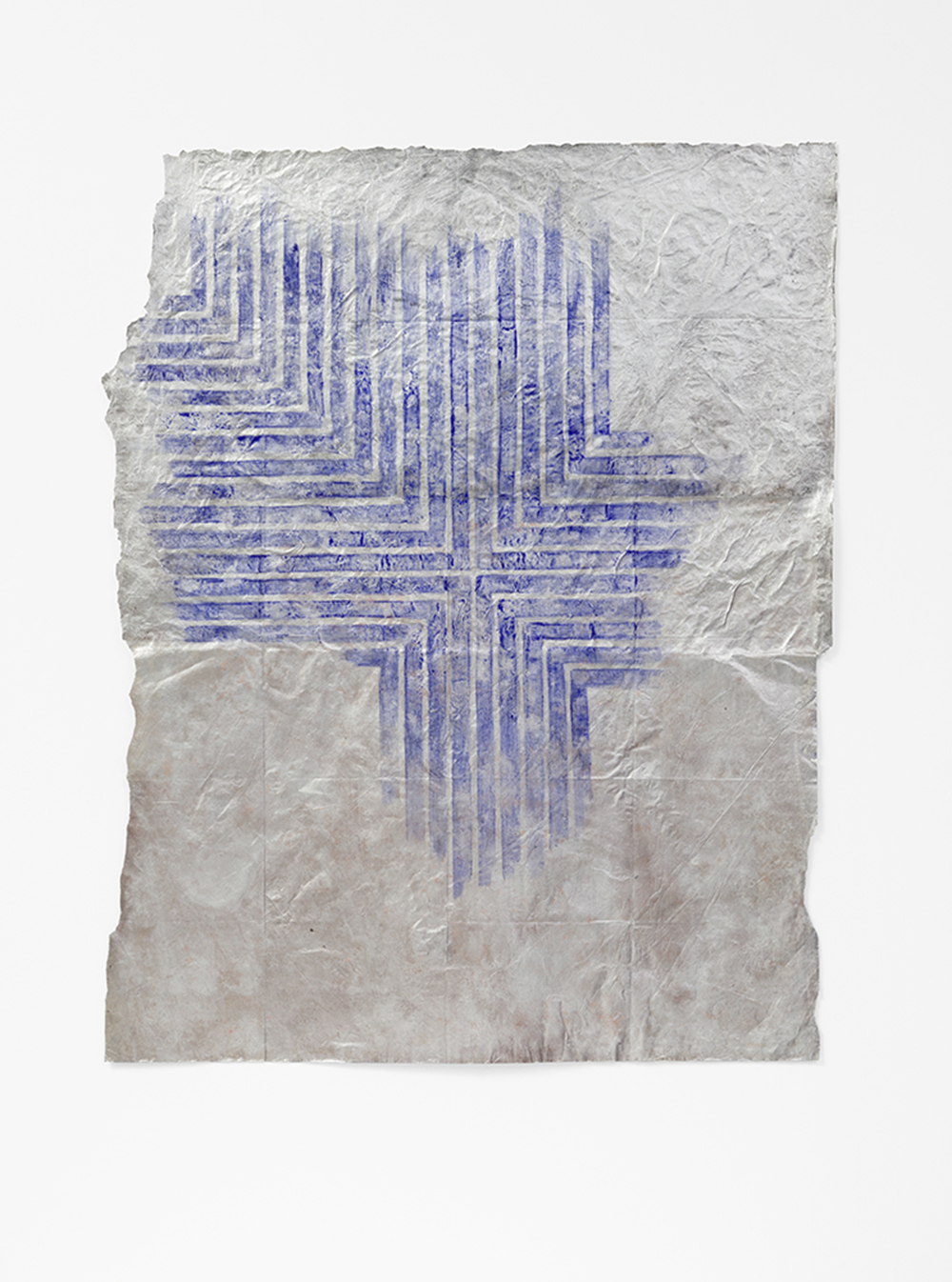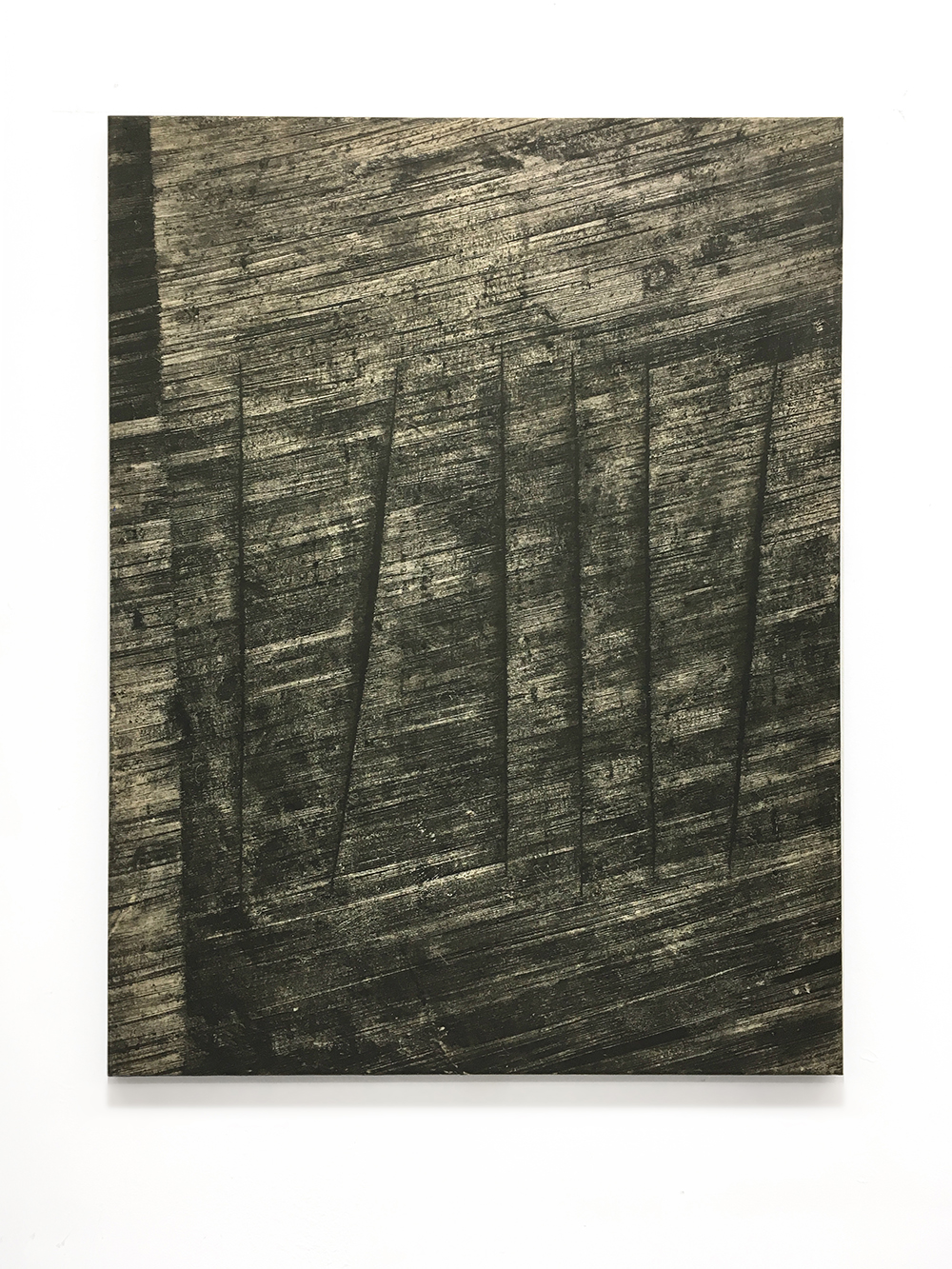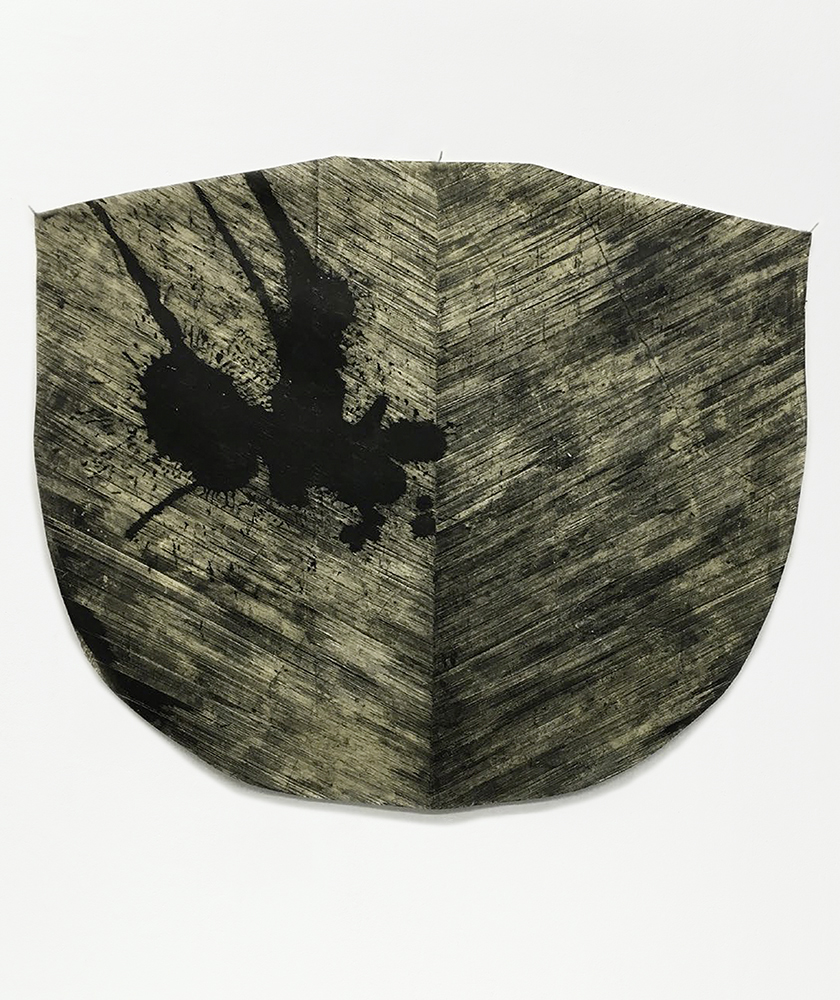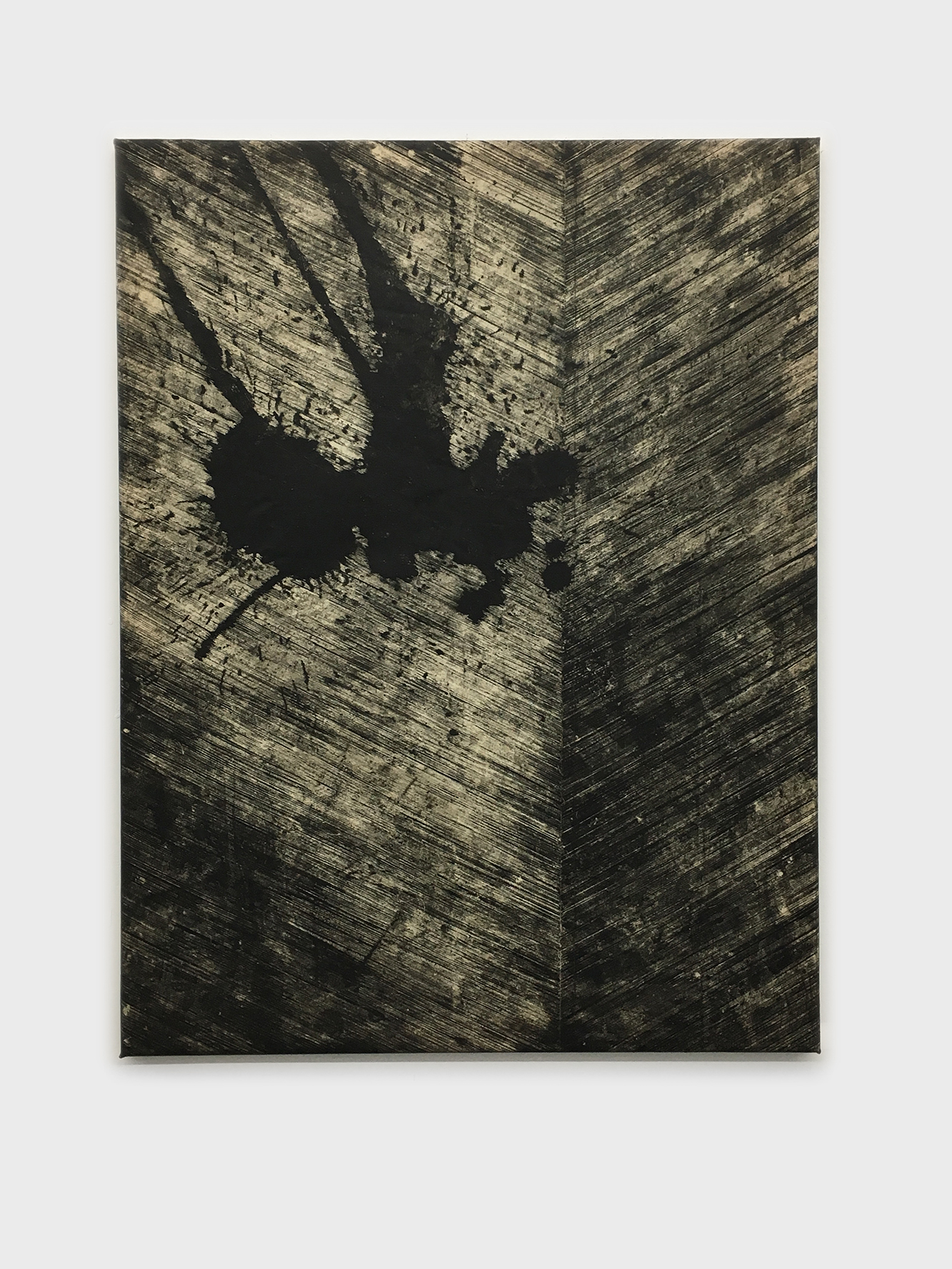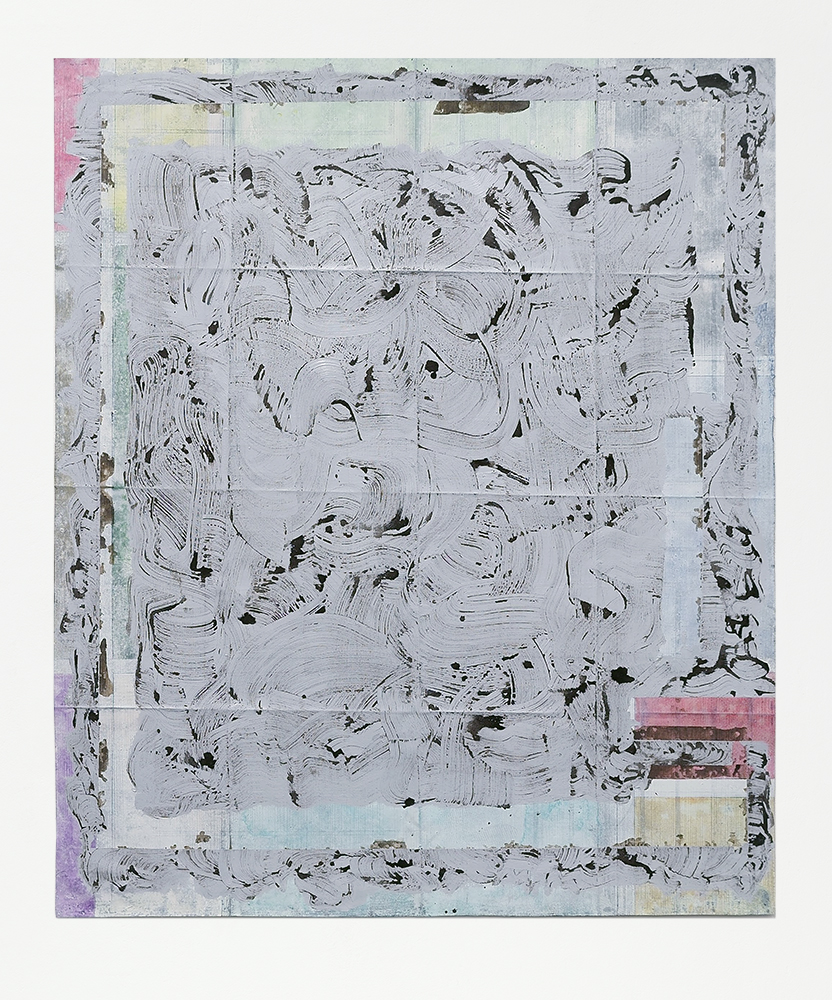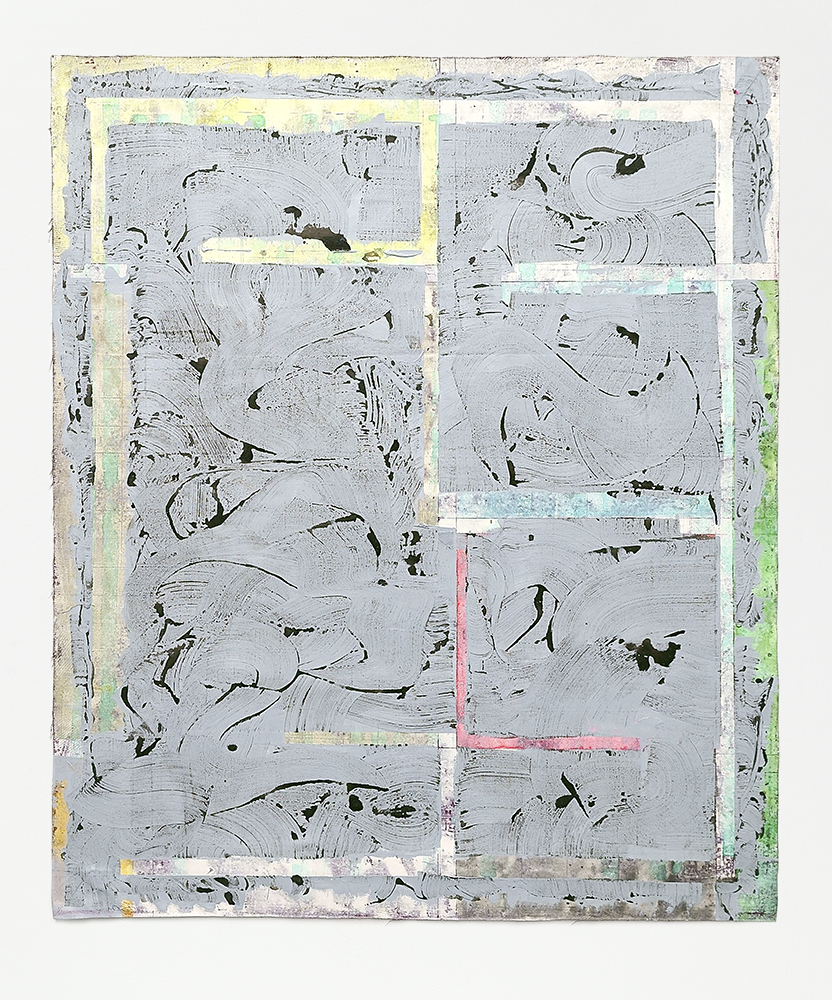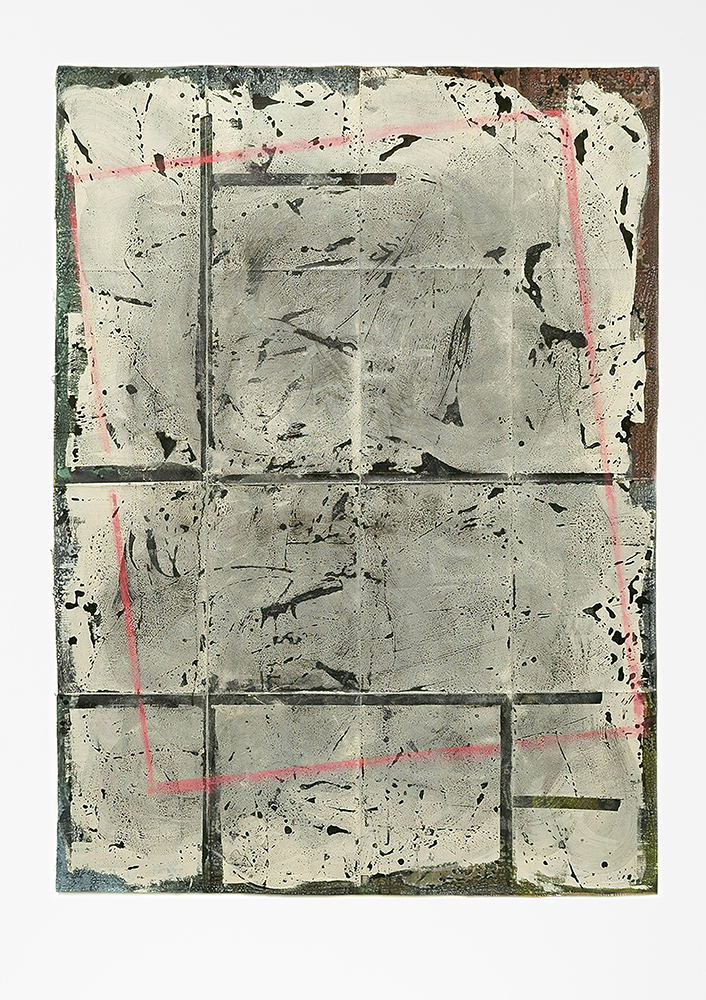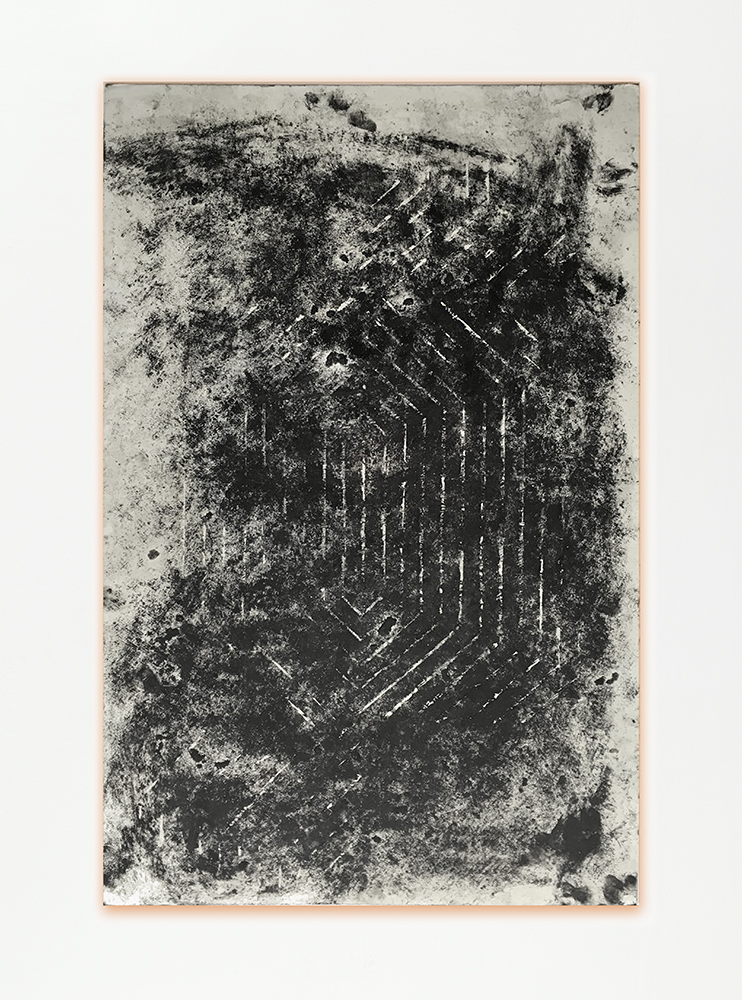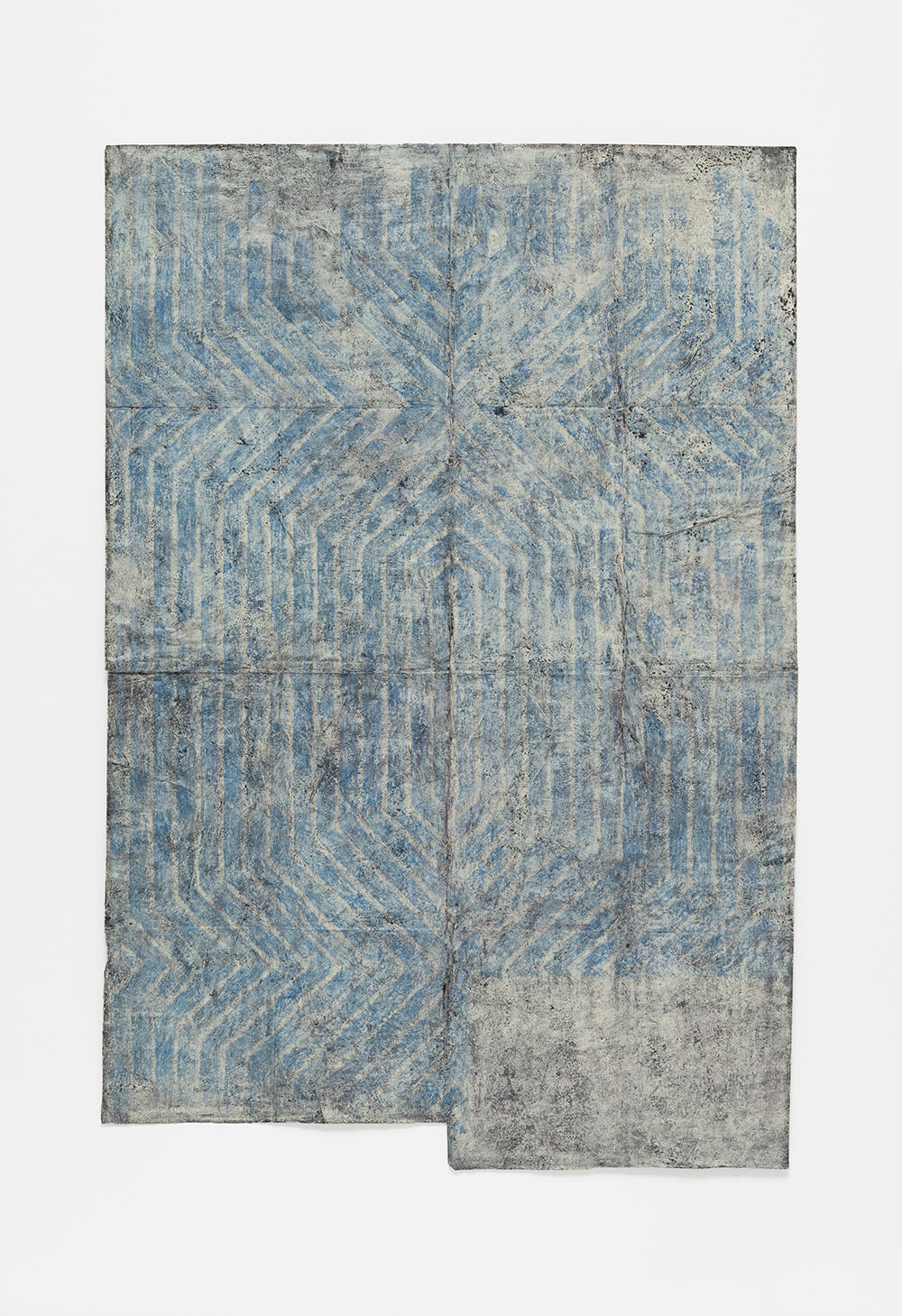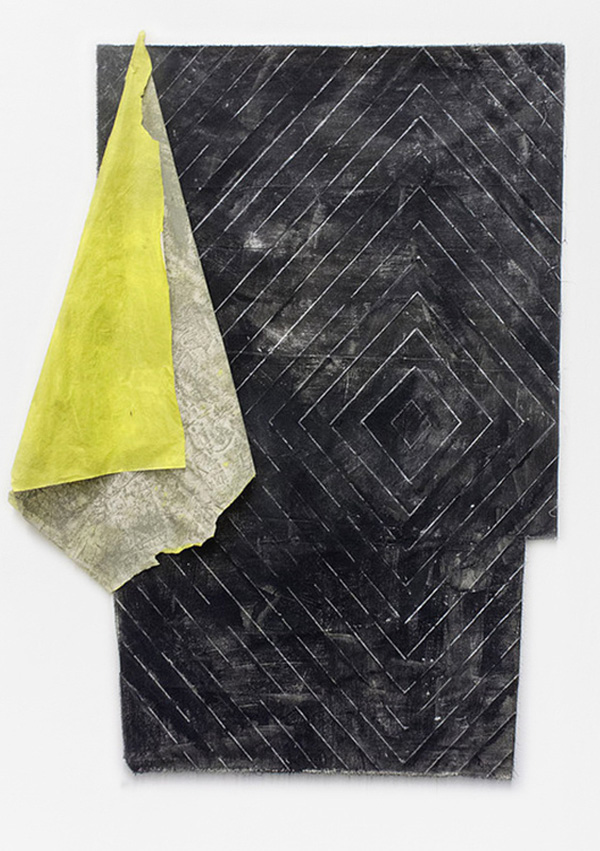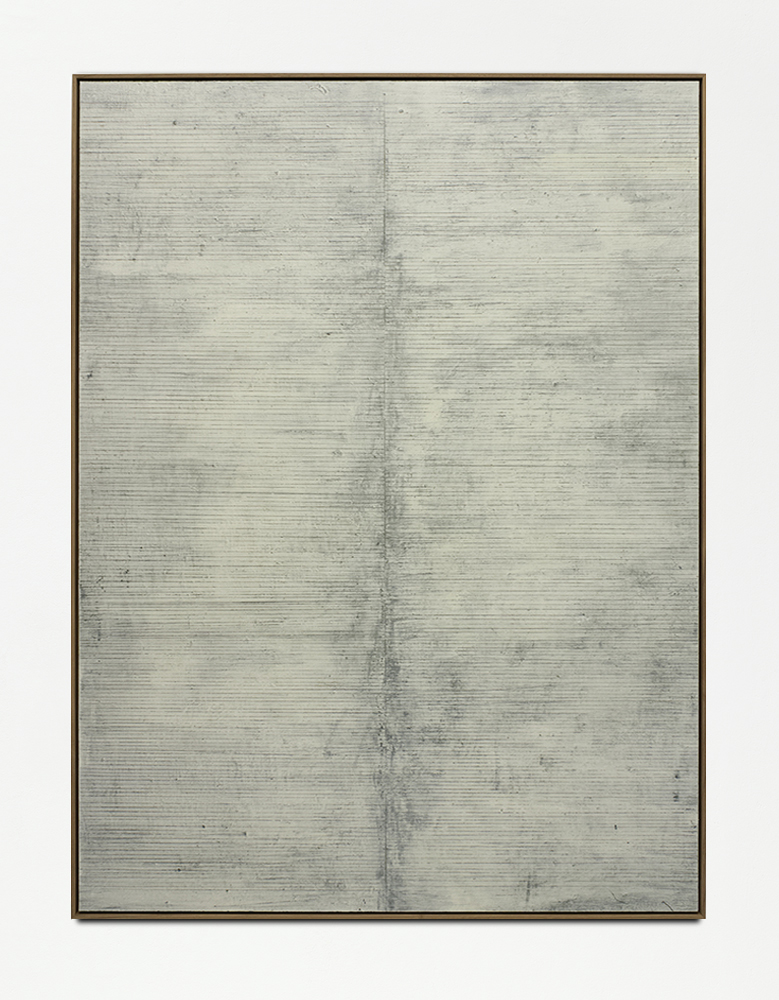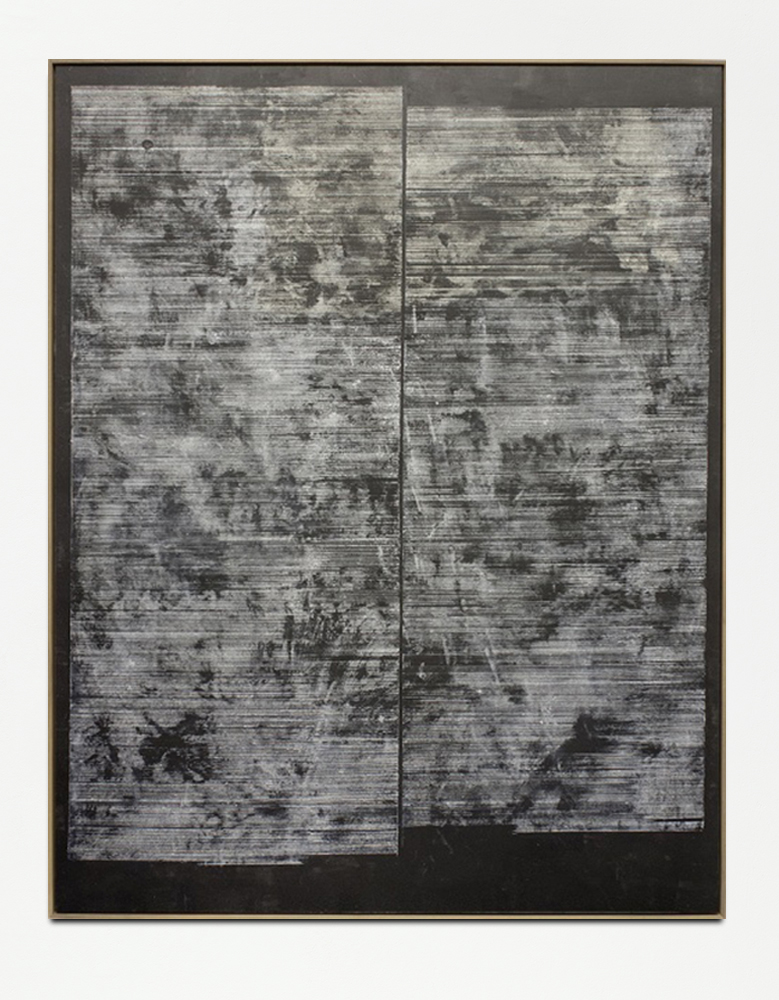Alexandra Hopf´s paintings are created in the process of working on the painting – by painting, painting over, removing and revealing deeper layers of paint; by working on the surface, which she makes visible as something with depth. The depth of her surfaces does not conceal a measurable space, but rather the depth of time – she imparts to the contemplative regard the time of their genesis, the layered, recorded time. Her works emerge from the gradual layering of paint and its partial removal. In Alexandra Hopf’s work, the artistic act is a process of layering and de-materialisation. Her linearly ridged surfaces draw the beholder’s attention not to the work of art itself, but to its materiality.
The structure of folds is a signature of her work. As a formal element, as an artistic structure, the fold points from the surface on which it appears to the depths – it is, like modern art all together, a probing phenomenon. In contrast to the line, the folds move not on the surface, but in space. While cracks, breaks or grooves also mark the trail of an underlying force but damage the structure on which they become visible, the force that leads to a fold preserves the integrity of the folded material unscathed. The fold as an aesthetic medium does not postulate something completely different, but rather emphasises the elasticity of the material element and its resilience. This artistic gesture corresponds to a metaphysical horizon. A fold indicates the motion and movability of the material. Its aesthetic experience is sparked by a structure that renders visible the materiality, pliability, object and space as well as intrication from within and without. In Alexandra Hopf’s work, the space embodied by the work of art is both aesthetically and historically an elastic continuum. In spite of the pattern that the artist inscribes into the material with lines and grids, space, for her, is a field of dynamic forces; not a schema of representation, but an act of remembering. As history, the past is present.
Alexandra Hopf´s paintings can be seen as afterimages incorporating the opposite of the perfect moment, pregnant with potentialities as they reveal in retrospect what this epiphanic moment had in “prospect”. Yet these artifacts do not merely signal decay but also a certain imaginative perspectivism in its hopeful and tragic dimension.
